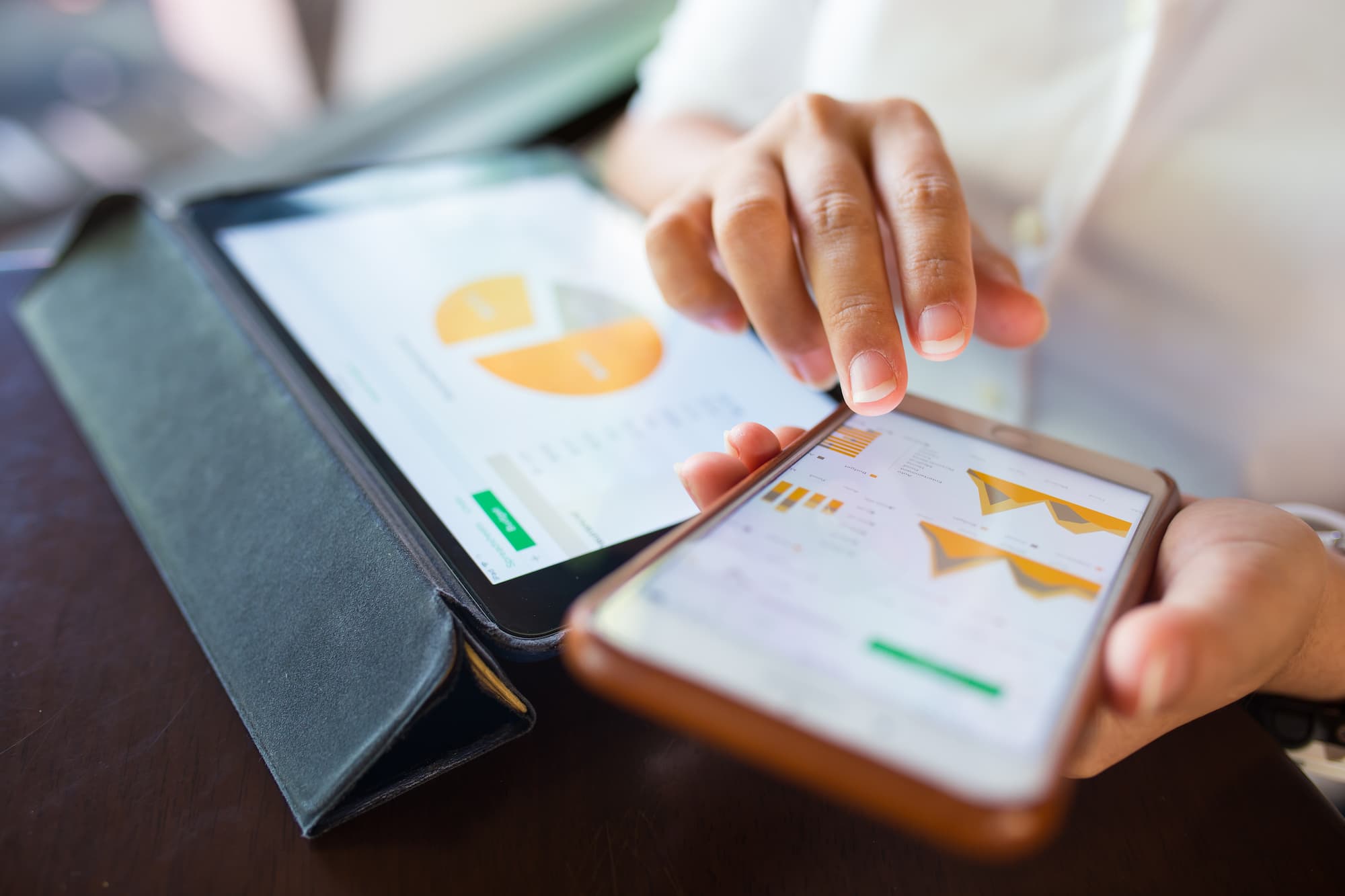Did you know that studies have shown 61% of B2B marketers send all leads to sales? It's as if some less experienced marketers think every lead they convert has the potential to become a paying customer. But the reality is, most B2B technology companies will attract some people who never become marketing qualified leads (MQL). And yes, you'll do lead nurturing on some people who will never be ready to buy (SQL).
Bloated lead numbers and chased dead ends make it harder to meet each marketing KPI. But there are ways to reduce this risk and waste in the system, more efficiently turning MQL to SQL.
1. Have Sales Define SQL for You
If marketing and sales can't agree on what SQL is, you'll all be stuck at square one. No one wins. Marketing blames sales for dropping the ball. Sales blames marketing for that horrible pass. Your goal is marketing sales alignment. You know that when you're working together, you can better meet marketing KPI. Sales can meet its quotas.
Would sales say that everyone who downloads your case study or completes a free trial is SQL? Probably not. That's an MQL.
Sales is more likely to consider an SQL someone who:
- Asked to be contacted: What are the most defeating words for a salesperson to hear when calling a "SQL"? "Why are you calling me?"
- Has a problem to fix: And we know what it is.
- Is a decision-maker: They have the power to influence buying decisions.
- Has a budget in mind: They know what your B2B technology costs and won't be blind-sided.
- Treats this as a priority: They believe this is important enough to take some time to speak with sales.
2. Improve Your Targeting with Automation
The quality of traffic you attract at the top of the funnel strongly determines the end product, a sales qualified lead (SQL). You'll waste a lot of time and resources nurturing leads if you don't start yourself off on the right foot.
Think about it from the customer's perspective. They don't want to get pulled into a funnel where they don't belong either. Not every person who explores your solutions will find them to be what they were looking for.
That's when advertising seems like a nuisance rather than helpful. Yet, we persist.
This is where marketing automation comes in. It allows you to listen to the customers who are becoming SQL, assess what they have in common and build out your content strategy and content to speak specifically to that audience.
3. Don't Waste Resources on "Window Shoppers"
When physical retail dominated every town's streets in the olden days, we had window shoppers who were just there to look and never buy. These shoppers have moved online and grown in numbers.
Targeted automation guides the right people deeper into the Buyer's Journey with the right message at the right time while leaving the "window shoppers" who were only mildly curious with no "potential customer" about them at the door.
4. Retarget as Circumstances Change
Through automation, you can still keep tabs on those you first judged as "not that interested" without wasting time or effort. And if something changes, automation can instantly begin retargeting to bring them back into the Buyer's Journey.
5. Start a Conversation
An MQL with the potential to become SQL is more likely to engage in your earnest conversations. Often, they must engage with you multiple times. The biggest mistake many B2B technology marketers make is pumping out content for people to consume without giving them regular opportunities to interact with your brand.
They will communicate their needs during these interactions, and you can better articulate how your B2B technology addresses those specific needs.
Encourage MQLs to interact with you. Ask them questions to learn more about their pain points. Gather data and documents. Now, sales can pick up right where marketing left off in a seamless pass for the score.
6. Establish a Lead Nurturing Workflow
Here's where marketing automation is indispensable. For example,
- Use social media automation to build a social media following and engage that following.
- Use social calls to action to bring people to your website.
- Engage this person with inbound marketing content that demonstrates value.
- Offer them greater value in exchange for contact information (white paper, B2B technology free trial, etc.).
- Send an event-triggered automated welcome email thanking them for signing up.
- Pro Tip: Welcome emails have the highest open rate of any email you'll ever send (around 70-80%). Don't waste it. Take this opportunity to lead them further into the Buyer's Journey with another content offer or suggest you schedule a marketing call to learn more about their needs.
- Send a second email. Invite them to a webinar or other future live event.
- Continue to send news, content, trends, and insights regularly as part of your mailing list.
- Remember: Every email should have a CTA driving them back to your website, where you have a "Contact Us" where they specifically ask for sales to reach out.
Look at all the marketing KPI boxes you checked along the way, and you have SQL at the end of it. Now, that's efficiency.







 By
By 
